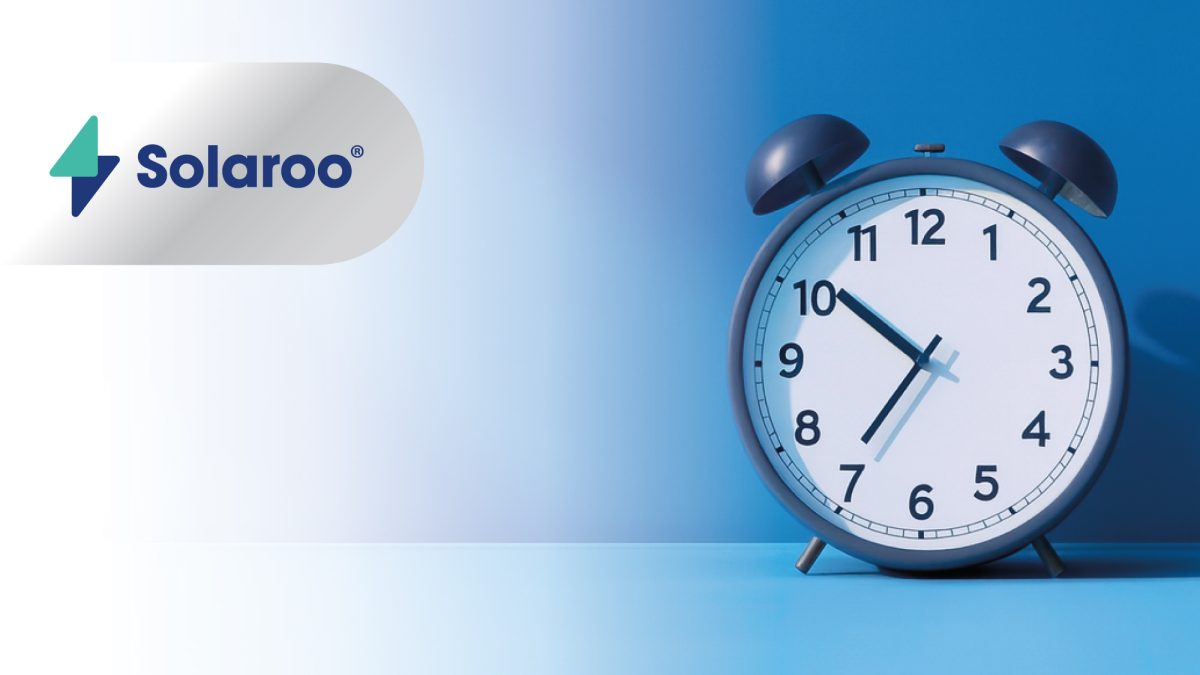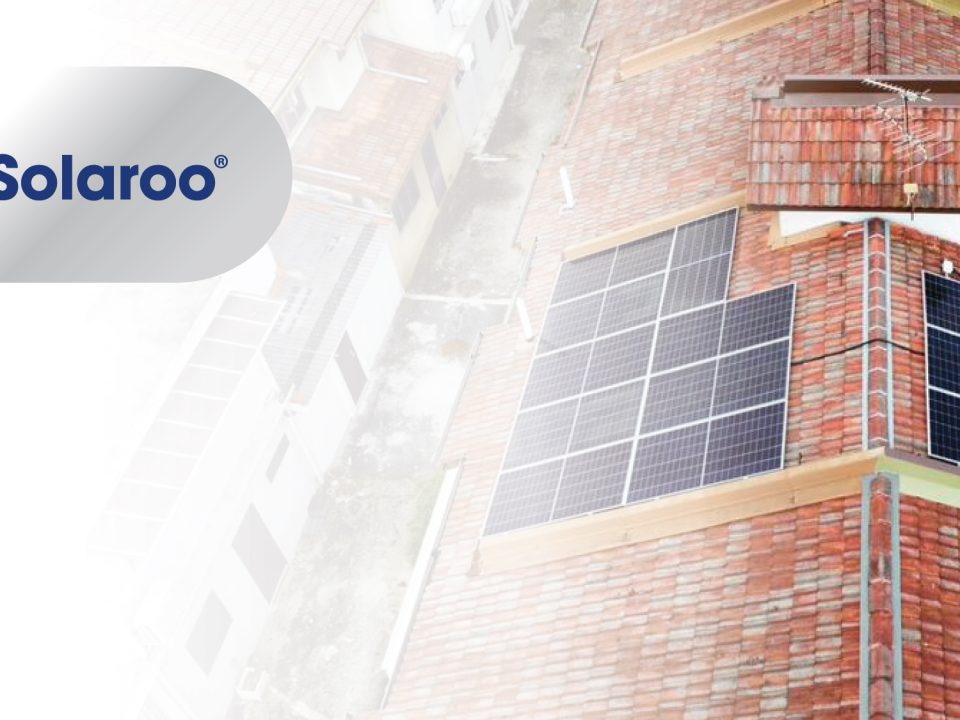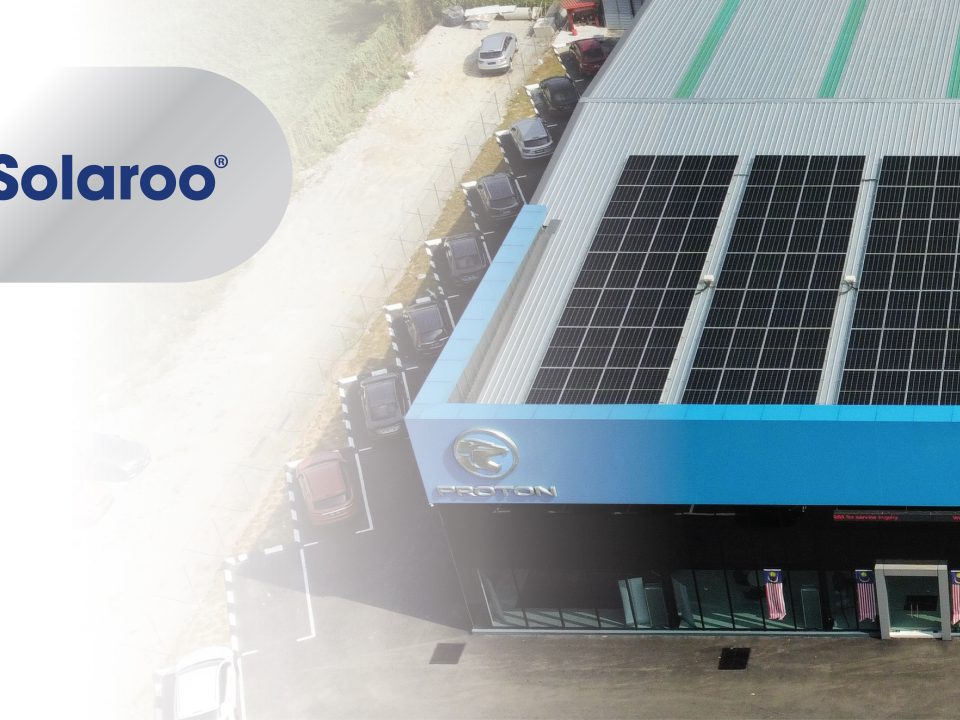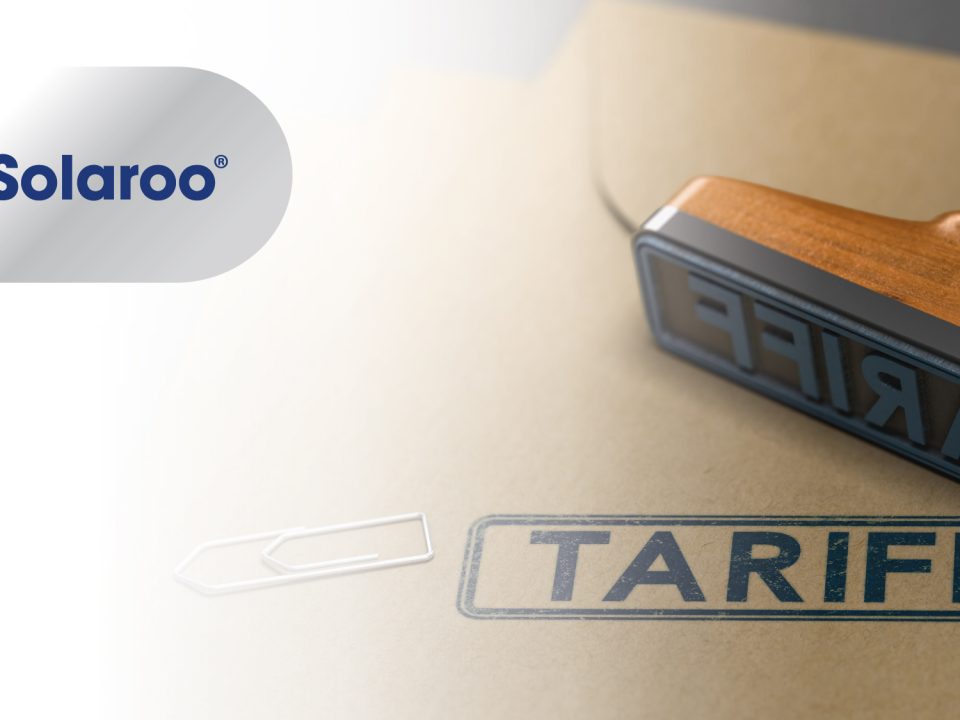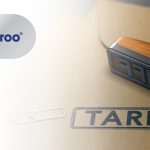
TNB’s New Electricity Tariff (Effective 1 July 2025): What It Means for Your Bill?
18th July 2025Troubleshooting Made Easy: Fixing Solar DB Trips & Missing Data in the Solaroo App
12th August 2025If you’ve read recent news about TNB’s electricity tariff updates, you may have come across the newly introduced Time-of-Use (TOU) option. But what exactly is TOU and more importantly, how does it impact your electricity bill, especially if you are already using solar energy?
Let us break it down for you.
What is Time-of-Use (ToU)?
Time-of-Use focuses on when you use electricity, rather than how much you use. Unlike the traditional flat-rate tariff where you are charged the same amount per kilowatt-hour (kWh) regardless of when you use it, ToU rewards you for using electricity during off-peak hours, when demand is lower and charges more during peak hours, when demand is high.
Here’s a quick guide based on TNB’s residential ToU time zones:
- Monday to Friday
Peak: 2 PM to 10 PM = Higher electricity rates
Off-Peak: 10 PM to 2 PM = Lower electricity rates
- Saturday, Sunday & Public Holidays*
Off-Peak throughout the day (24 hours) = Lower electricity rates
Note: Public holidays are the following 15 days including New Year’s Day, the first and second days of Chinese New Year, the first and second days of Hari Raya Aidilfitri, Labour Day, Wesak Day, the Yang di-Pertuan Agong’s Birthday, Hari Raya Aidiladha, Awal Muharram, Independence Day, Malaysia Day, Maulidur Rasul, Deepavali Day and Christmas Day.
Refer to the table below for a comparison of costs between the standard tariff and the Time-of-Use (ToU) tariff:
| Monthly usage | Off-peak rate (ToU tariff) | Peak rate (ToU tariff) | Standard rate (Standard tariff) |
| 1,500kWh and below | 24.43 sen/kWh | 28.52 sen/kWh | 27.03 sen/kWh |
| More than 1,500kWh | 34.43 sen/kWh | 38.52 sen/kWh | 37.03 sen/kWh |
Who benefits MOST from ToU?
ToU is a game-changer, if you can adjust your usage habits.
- You’ll save money if you can shift most of your heavy energy usage (like laundry, air conditioning, EV charging, and water heating) to off-peak hours, especially between 10 PM to 2 PM (next day), or use electricity mostly on weekends.
- You might end up paying more than a flat-rate tariff if your household’s power consumption happens mainly during 2 PM to 10 PM on weekdays, which falls within the expensive peak period.
In short, the ToU tariff is only beneficial if you shift most of your electricity usage to off-peak hours — meaning you’ll need to adjust your usage habits to see real savings.
What if you have solar + ToU (under NEM Rakyat)?
If you’re a Solaroo customer who have installed a solar PV system under NEM Rakyat and opted for the ToU tariff, you’re in a great position to maximise your energy savings.
Here’s how the combo works for you:
- During the day, your solar PV system generates power and reduces your grid dependency, especially during expensive peak hours.
- Just to recap, under the solar NEM program, your home will use the solar energy you generate first, and only the excess will be exported back to the grid.
- Excess energy is exported back to the grid and offset under NEM’s 1-to-1 credit scheme.
- The excess energy is also credited based on the time it’s exported. Peak rates apply for exports between 2pm–6pm on weekdays, while weekend exports are credited at off-peak rates.
- By using ToU strategically, you can optimise when you pull power from the grid, for instance during cheaper off-peak hours and rely on your solar energy during peak times.
In short, the combination of Solar Energy + ToU lets you manage your energy smarter and get more out of your solar investment.
Are there any extra fees?
When you opt for the TOU tariff, a one-time RM10 stamp duty is required as part of the agreement.
There’s also a monthly Retail Charge of RM10, but this fee is waived if your usage stays at 600 kWh or below. In this low-usage tier, you’re also exempt from the Automatic Fuel Adjustment (AFA) charge.
Additionally, households consuming up to 1,000 kWh per month remain eligible for the Energy Efficiency Incentive, just like those on the standard tariff.
Final thoughts
Just a note that ToU isn’t for everyone, but with the right setup and some thoughtful changes in your usage patterns, it can lead to long-term savings.
If you’re already solar-powered or considering it, talk to Solaroo about how ToU fits into your energy goals. We’ll help you design a PV system that works best for you and your family’s lifestyle.
Smarter energy choices start with knowledge and Solaroo is here to help you take charge.

